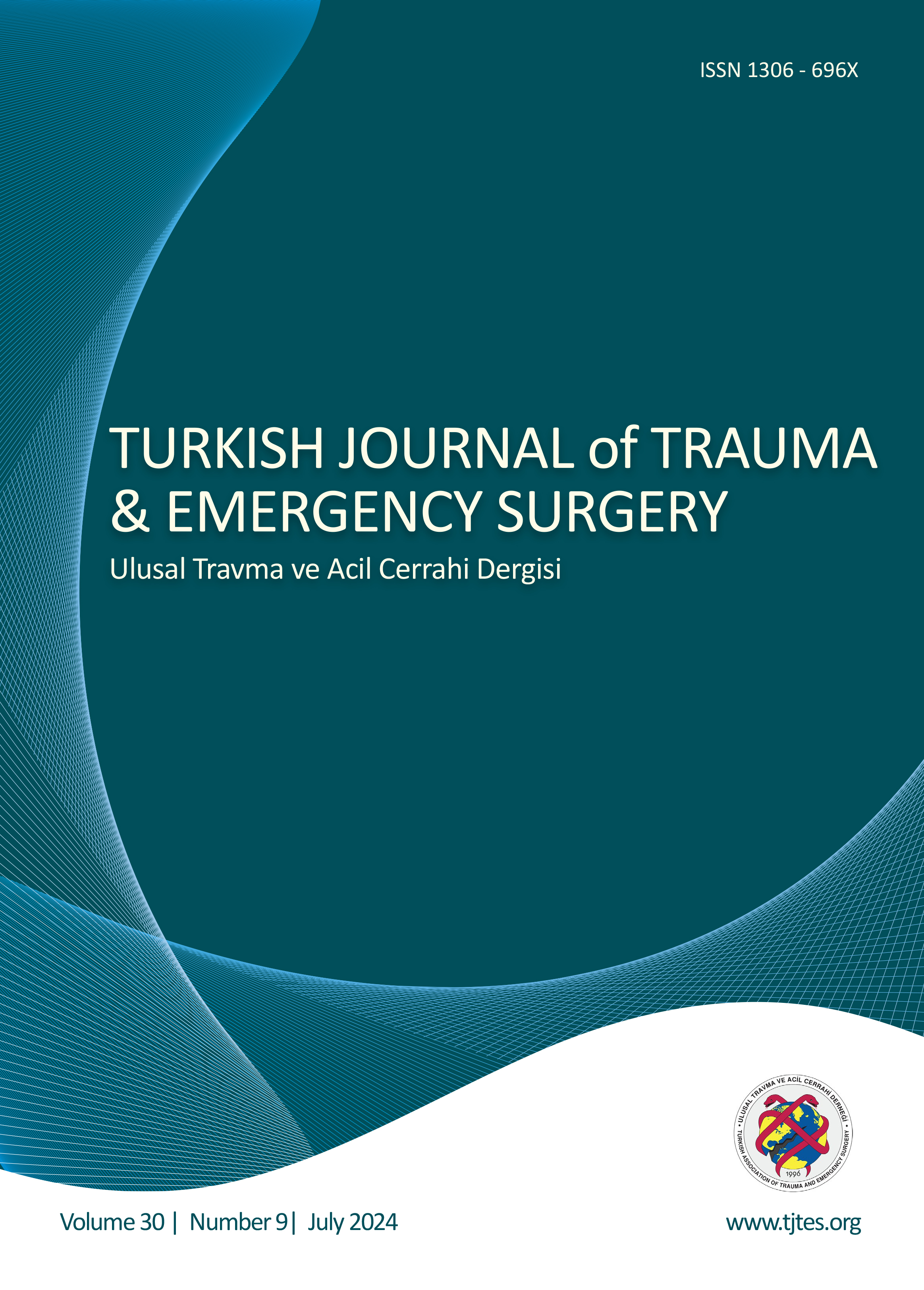Quick Search
Upper extremity replantation results in our series and review of replantation indications
Ayhan Okumuş1, Aret Cerci Ozkan21Aesthetic, Plastic and Reconstructive Surgery Office, Bursa-Turkey2Department of Emergency and First Aid, European Vocational High School, İstanbul-Turkey
BACKGROUND: Upper extremity amputations are usually not life-threatening, but they negatively affect the life quality of the victim. In addition to the functional disabilities of upper extremity amputation, disfigurements frequently cause psychological and social debilitations.
METHODS: Between 20072015, fourteen cases were admitted to emergency with total major amputation of the upper extremity. All cases were male (2245 years of age. Mean age: 29.6). Replantation was applied to all except three cases with multileveled crush injuries.
RESULTS: All replantations were successful. Additional interventions were needed in four cases with replantation at elbow level and replantation at the distal arm level. The postoperative functional results were evaluated. The patients overall satisfaction, the recovery of flexor and extensor mobility, the extent of the active motion of digits, the recovery of thumb opposition, active movements of wrist and elbow joints, recovery of sensitivity in the median and ulnar nerve, the ability of the surviving hand and/or forearm to perform daily works are all evaluated. The results were satisfactory in hand replantations. However, some ulnar nerve distal motor problems were encountered in three cases with replantation at elbow level, and one case with replantation at the distal arm level with a crush injury, acceptable and excellent results were obtained in other cases.
CONCLUSION: Despite the availability of prostheses, cadaveric upper extremity replantations, replantation of the native extremity is still the most appropriate treatment for amputated cases. However, surgeons should realize that the ultimate goal is not merely to save the viability of the extremity through replantation, but rather to preserve the life quality by improving the function.
Keywords: Arm amputation, forearm amputation; hand amputation; indication of replantation; replantation.
Üst ekstremite majör replantayon sonuçlarımız ve endikasyonların tekrar gözden geçirilmesi
Ayhan Okumuş1, Aret Cerci Ozkan21Ayhan Okumuş Estetik, Plastik ve Rekonstrüktif Cerrahi Ofisi, Bursa2Avrupa Meslek Lisesi Acil ve İlk Yardım Bölümü, İstanbul
AMAÇ: İş ile ilgili el amputasyonları tek başlarına hayatı tehdit edici değildir. Ancak fonksiyonel sekellerine ek olarak oluşturduğu sosyal ve pikolojik sorunlar kişinin yaşam kalitesini olumsuz yönde etkiler.
GEREÇ VE YÖNTEM: 20072015 yılları arasında, 14 kişi üst ekstremite majör ampütasyonu ile acile başvurdu. Tüm olgular erkekti (ortalama 29.6 [2245] yaş). Çok seviyeli ezilme yaralanması olan üç olgu hariç 11 olguya replantasyon uygulandı.
BULGULAR: Tüm replantasyonlarda başarı sağlandı. Önkol seviyesinden replantasyon yapılan iki ve distal kol seviyesinden replantasyon yapılan bir olguya ameliyat sonrası ek girişimler uygulandı. Ameliyat sonrası fonksiyonel sonuçlar değerlendirildi. Hastanın genel memnuniyeti, fleksör ve ekstansör hareket seviyeleri, her parmağın aktif hareket derecesi, başparmak opozisyon derecesi, el bileği ve dirsek eklemlerinin aktif hareketleri, medyan ve ulnar sinir traselerinde duyusal iyileşmesinın sonuçları, replante edilen elin ve/veya önkolun tüm günlük görevleri yerine getirebilirliği incelendi. Sonuçlar, el replantasyonlarında tatminkardı, ancak, proksimal önkol ve distal kol seviyesinde replantasyon yapılan dört olguda özellikle unlar sinir fonksiyonlarında distal motor minör fonksiyon sekelleri ile karşılaşıldı. Diğer hastalarda mükemmele yakın sonuçlar alındı.
TARTIŞMA: Gelişmiş protez seçenekleri, kadavralardan replantasyon olanaklarına rağmen, doğal ekstremitenin replantasyonu, ampute hastalar için hala en uygun tedavi yöntemidir. Bununla birlikte cerrahlar, nihai amacın sadece canlı dokuyu replante etmek değil, fonksiyon ve görünümü iyileştirerek yaşam kalitesini korumak olduğunu kabul etmelidir.
Anahtar Kelimeler: El amputasyonu, kol amputasyonu; önkol amputasyonu; replantasyon, replantasyon edikasyonu.
Manuscript Language: English




